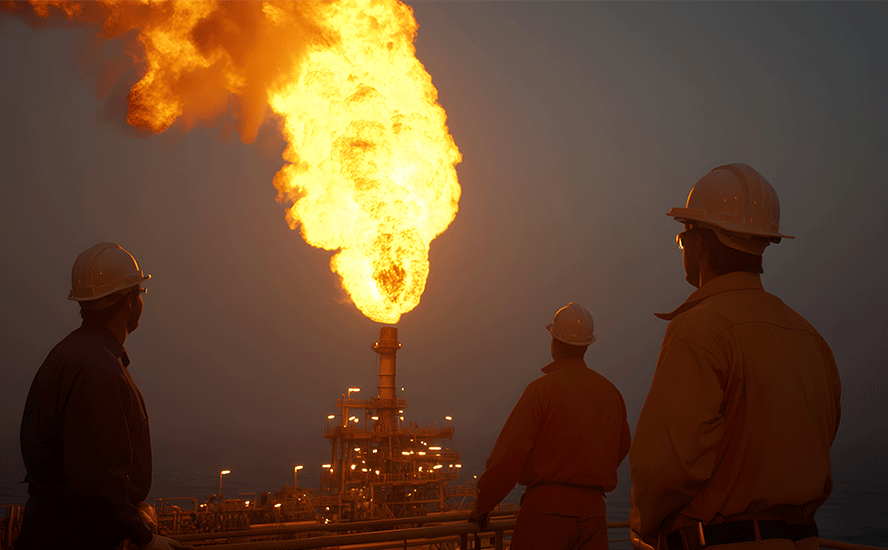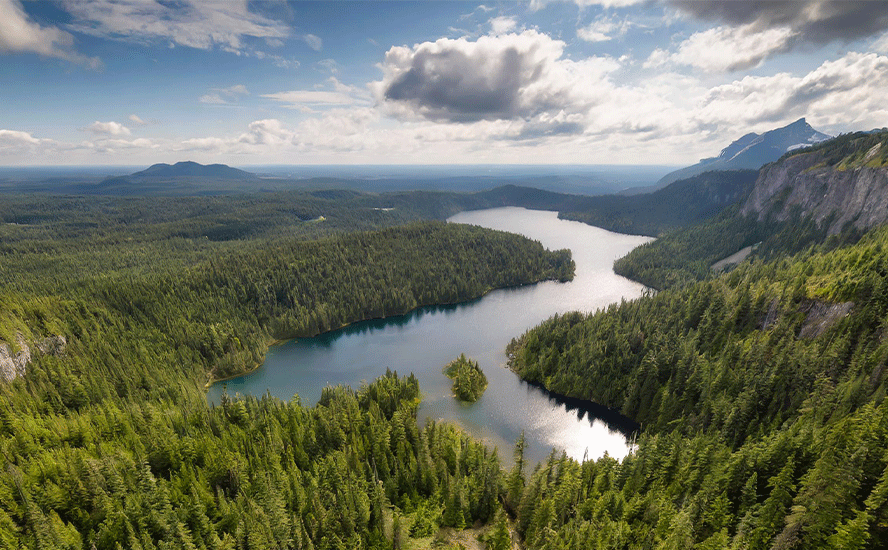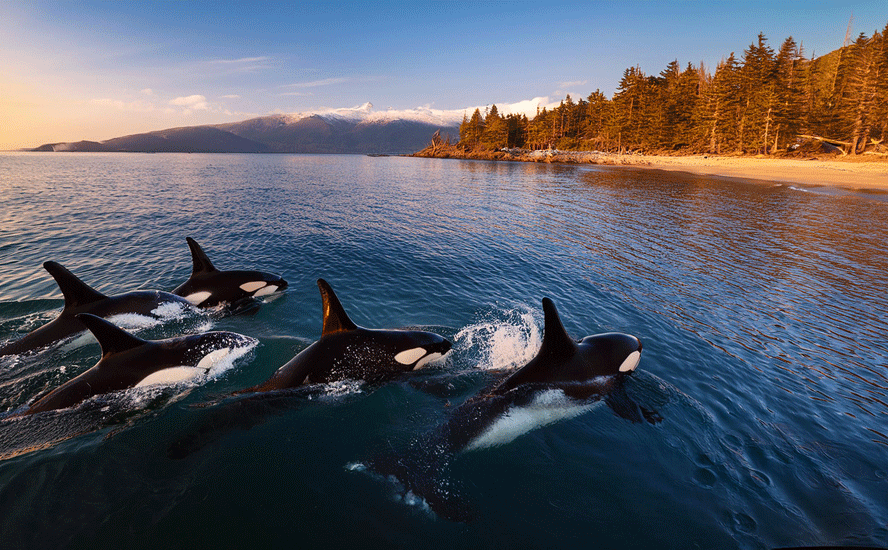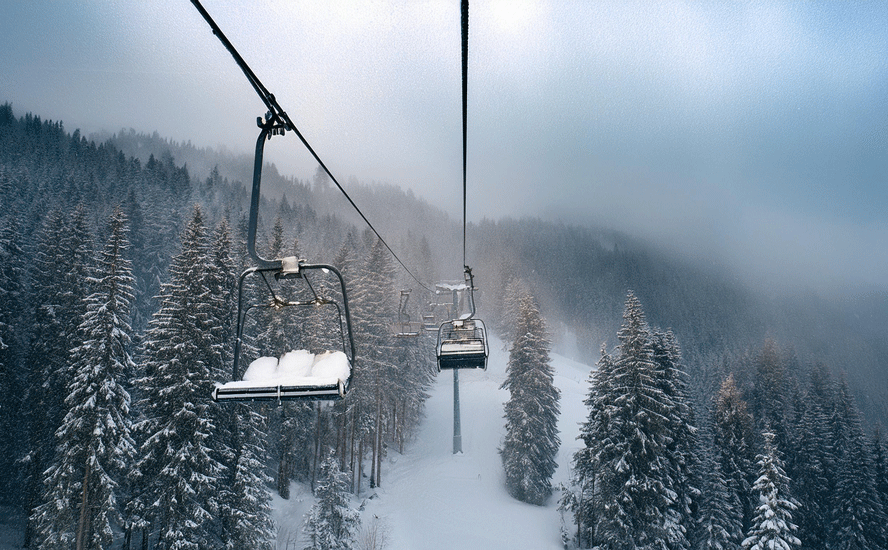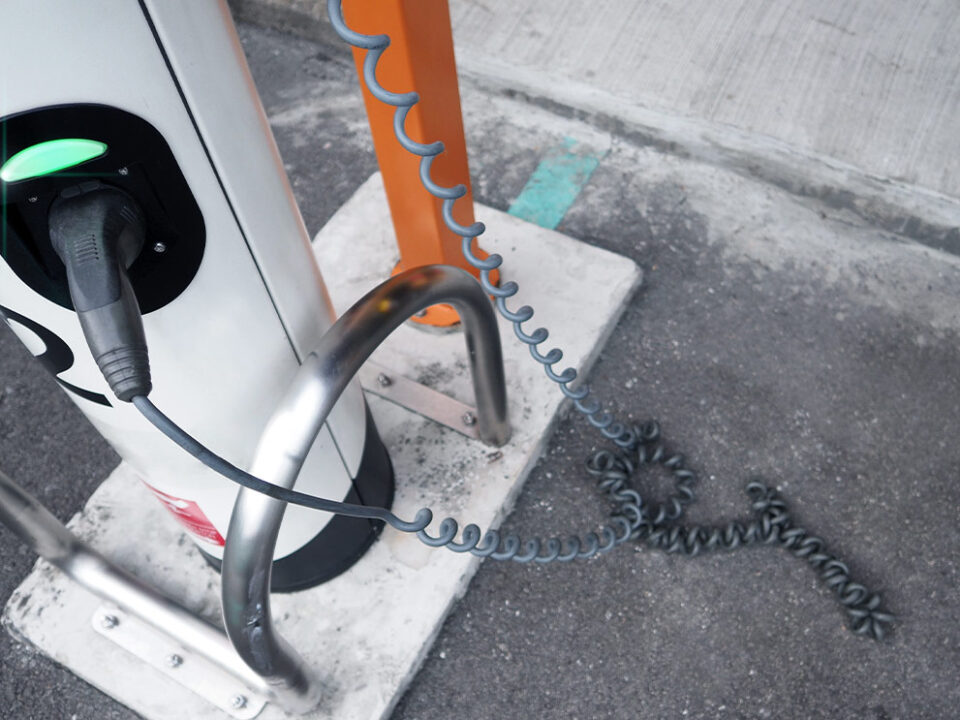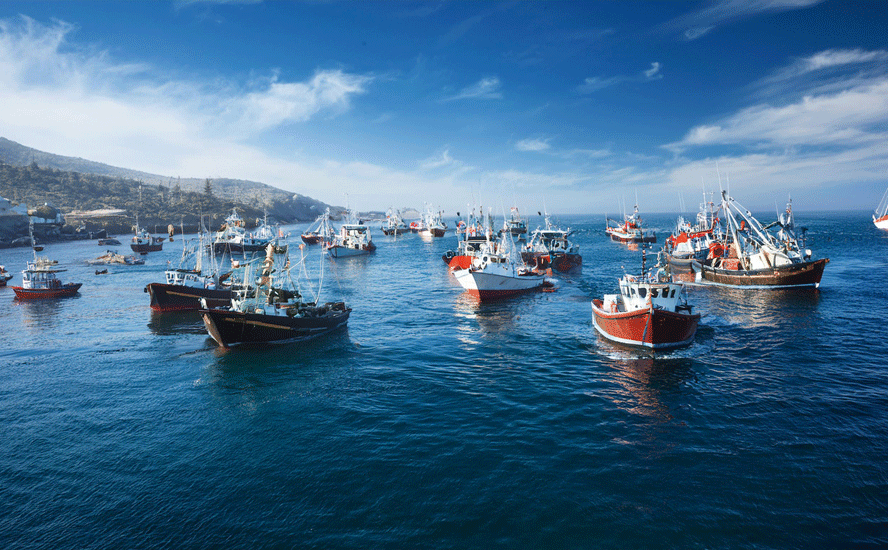A suburb in Arizona lost its source of water. Residents warn: We’re only the beginning
- Home
- Articles
- Environment
- A suburb in Arizona lost its source of water. Residents warn: We’re only the beginning
By Alexander Panetta
There are two major problems with the Colorado River: It produces way less water than expected, about 30 per cent less; and people use too much.
The problem starts with a long-ago math error.
When a treaty now involving seven states and Mexico was designed in 1922, it had been an abnormally rainy few years. The river was never going to provide the expected volumes, the 16.5 million acre-feet (about 20 billion cubic metres) allocated per year.
Then came the population explosion. Metropolises like Las Vegas, Los Angeles, San Diego and Phoenix sprouted in what was originally a farming region, blowing past the 16.5-million-acre-foot target.
So take that demographic growth, add it to the original math error, throw in climate change and an epochal drought, and you’ve got a potential nightmare scenario: Dead pool.
Dead pool is what happens if water levels drop so low that nothing flows past the Hoover Dam, collapsing the distribution system, leaving farms and homes parched in the southwest.
Canadians have a direct personal stake in the health of the Colorado River. The vast majority of certain winter greens Canada consumes, notably lettuce, are harvested in the southwest sunbelt reliant on its water.
A pricey reminder of Canada’s connection to the region came just this winter: Canadian grocery stores saw astronomical hikes in the price of lettuce last fall when another valley in California was hit by a pest infestation.
“A lot of people throughout the world … need to start paying attention to this
Legal Notice / Disclaimer
Ahead of the Herd newsletter, aheadoftheherd.com, hereafter known as AOTH.Please read the entire Disclaimer carefully before you use this website or read the newsletter. If you do not agree to all the AOTH/Richard Mills Disclaimer, do not access/read this website/newsletter/article, or any of its pages. By reading/using this AOTH/Richard Mills website/newsletter/article, and whether you actually read this Disclaimer, you are deemed to have accepted it.


